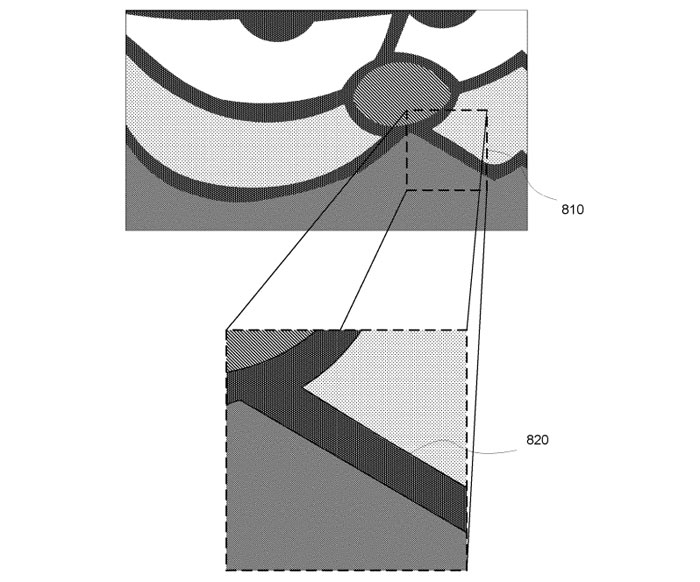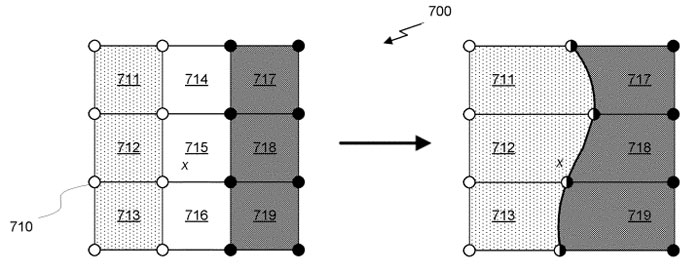Nvidia filed an interesting US patent yesterday which outlined a method to create 'Infinite Resolution Textures', and that very phrase is the title of this patent, number 20180158227. Within the lengthy and technical patent description Nvidia shortens Infinite Resolution Textures to IRT, and so will I, from now on.
In its background spiel, Nvidia says that it created IRT to address artifacts appearing in games in certain conditions. The underlying problem was identified as being over-scaled textures. It sounds like the common issue observed by people playing older games on snazzy new hardware at ultra-high resolutions. As Nvidia explains, "While the 3D geometry can be sampled at any scale, the texture map is registered to the geometry at a particular scale (or scales in the case of mip-mapped textures). It goes on, "Sampling these texture maps at resolutions much different than the provided scales may cause artifacts when the size of a texel varies greatly compared to the size of a pixel."

Looking back in time for a possible solution to be applied in the future, Nvidia comments that some of the oldest video games were vector-based rather than raster-based. It then observes that vector technology is still used in industries today where quality approximation is not acceptable, in fields such as illustration and computer-aided design.
I've enjoyed computer games from way back in the vector graphics days of Battlezone and Space Duel, and worked for many years in Adobe Illustrator (more so than Photoshop). However, I thought modern illustration and CAD added raster graphics at the rendering stage for realism, and that they are a certain fixed resolution - coming from a 10MP digital camera for example. So I don't know how you can infinitely scale an image of say tree bark, gravel, or rusted metal - as you might require in pushing towards 'photo-real' 3D graphics. Computers can't create true detail where there was none, they can just guess - but they are getting better at this kind of creative realism.

Vector image area boundaries can be straight or curved
Back to Nvidia's patent and it suggests a method where the computer will generate "an infinite resolution texture acceleration data structure" and storing it in memory for the rendering process. I guess this could stand the test of time better than simple bitmap textures but isn't really 'infinite' in a way you can zoom in to an object in real-life using various microscope technologies.
You can read more about the maths, science and technology behind Nvidia's IRT patent on the US Patent and Trademark office website. There are several charts and diagrams too.
uire X













